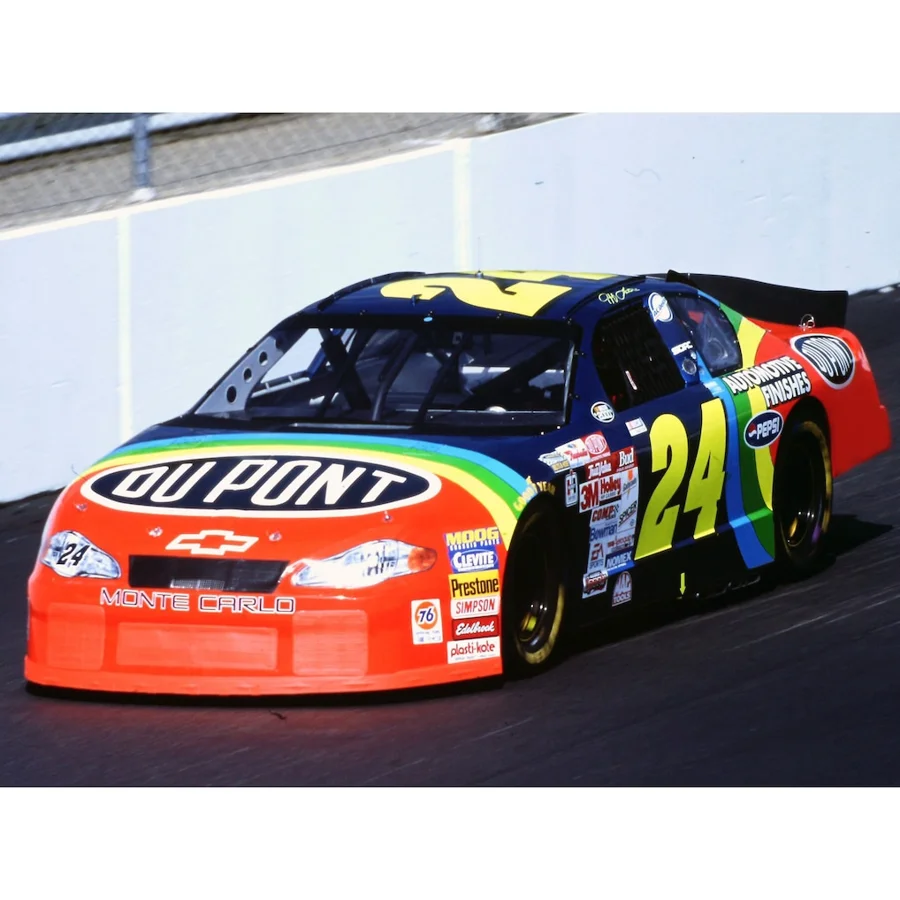The tragic loss of Dale Earnhardt during the 2001 DAYTONA 500 dramatically changed NASCAR forever, setting the stage for Jeff Gordon to lead a new era focused on safety concerns. This shift, marked by Gordon’s win shortly after, began a period where the Jeff Gordon NASCAR safety era would influence both the sport and its culture.
A Pivotal Loss That Redefined the Sport
When Dale Earnhardt died in a last-lap crash at Daytona in February 2001, the impact shook not only the racing community but fans worldwide, as many remembered the exact moment they heard the news. The event left an unmistakable gap, forever altering the competitive and emotional landscape of NASCAR.
In the wake of this tragedy, the series found itself in search of guidance and reassurance. Jeff Gordon, a driver with three Cup Series championships at the time and racing for Hendrick Motorsports, quickly rose as the sport’s guiding figure. His growing influence meant that every move and comment carried new weight as the sport navigated uncertain times.
Las Vegas Victory Symbolizes New Leadership
Gordon’s win at Las Vegas Motor Speedway in the immediate aftermath took on special meaning. As the community searched for answers and healing, his victory represented continuity and hope, showing that the sport would move forward, albeit with significant changes on the horizon.
Safety Takes Center Stage in NASCAR
Within days of Earnhardt’s accident, discussions about driver safety became paramount. Race officials began critically re-examining everything—from the design of cars and tracks to the construction of guard rails and the effectiveness of on-site rescue crews. This intensive focus was a pivotal step toward preventing further tragedy.
Innovations Born Out of Necessity
Amid these developments, attention also turned to innovators Jim Downing and his brother-in-law, Dr. Robert Hubbard, who collaborated on crucial safety improvements. Their invention—the Head and Neck Supportive Device (HANS Device)—emerged as a vital breakthrough. Introduced in the early 1980s, the HANS Device tethers a driver’s helmet to a collar, thereby reducing dangerous head and neck motions during high-impact crashes. By preventing fractures and life-threatening injuries in this vulnerable area, their technology set a new standard in automotive safety, earning widespread adoption in the years that followed.
The Enduring Impact of a Turning Point
The events following Earnhardt’s passing and Gordon’s leadership at tracks such as Las Vegas created foundational change in NASCAR. The collective drive for better safety equipment, operational protocols, and on-track procedures took firm root. Thanks to visionary individuals like Jeff Gordon, Jim Downing, and Robert Hubbard, the sport entered a new phase—one committed to ensuring driver protection would never again be an afterthought. This moment not only reshaped NASCAR, but also reinforced its resilience and the unconditional value placed on the lives of its competitors.
